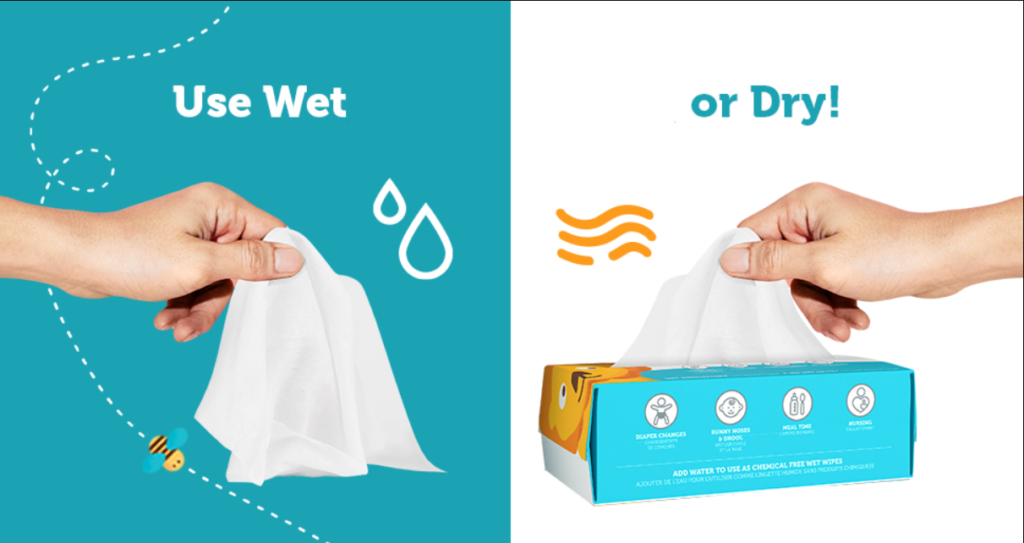Introduction
As a parent, you want only the best for your precious bundle of joy. When it comes to caring for your baby’s delicate skin, choosing the right baby wipes is crucial. With a plethora of options available, the debate between wet and dry baby wipes is a common dilemma faced by parents. In this article, we will explore the advantages and disadvantages of both wet and dry wipes, helping you make an informed decision to keep your little one clean, comfortable, and free from diaper rashes.
1. Wet Baby Wipes
Wet baby wipes, often pre-moistened with a gentle cleansing solution, are the go-to choice for most parents. Here’s why:
a. Effective Cleansing: Wet wipes come pre-saturated with a mild cleansing solution that can effectively remove dirt, urine, and feces from your baby’s sensitive skin.
b. Hydration: The moisture in wet wipes helps maintain your baby’s skin hydration levels, preventing dryness and irritation.
c. Convenience: The pre-moistened wipes are ready to use, making diaper changes and clean-ups quick and hassle-free.
d. Versatility: Wet wipes can also be used for cleaning your baby’s face, hands, and other body parts during those messy moments.
e. Soothing Properties: Some wet wipes contain soothing ingredients like aloe vera or chamomile, which can help soothe any existing diaper rash.
2. Dry Baby Wipes:
Dry baby wipes, on the other hand, do not come pre-moistened and offer unique benefits:
a. Customized Solution: Dry wipes allow you to control the cleansing solution. You can choose a homemade solution or use water to wet the wipe according to your preference.
b. Environmentally Friendly: Dry wipes generate less waste as they don’t require excess packaging and do not dry out easily.
c. Ideal for Sensitive Skin: Babies with extremely sensitive skin may benefit from dry wipes, as they have complete control over the ingredients they use for moistening the wipes.
d. Economical: Buying dry wipes in bulk and adding your own solution can be cost-effective in the long run.
3. Baby Wipes for Preventing Diaper Rash:
Preventing diaper rash is a top priority for parents. Both wet and dry wipes can contribute to reducing the risk of diaper rash, provided certain precautions are taken:
a. Choose Hypoallergenic Wipes: Opt for baby wipes that are labeled hypoallergenic, free from harsh chemicals, fragrances, and alcohol.
b. Frequent Diaper Changes: Regularly changing your baby’s diaper and using wipes during each change can keep your baby’s skin clean and dry.
c. Pat Dry: Whether using wet or dry wipes, gently pat your baby’s skin dry instead of rubbing, which can cause irritation.
d. Air Time: Allow your baby’s bottom some time without a diaper to air out and promote skin healing.
Conclusion
In the wet vs. dry baby wipes debate, there is no one-size-fits-all answer. Both options have their merits and can be suitable for your baby’s needs. Wet wipes offer convenience and pre-moistened cleaning, while dry wipes provide flexibility and customization. When choosing baby wipes, consider your baby’s skin sensitivity, environmental concerns, and the potential for diaper rash prevention. Always prioritize gentle and hypoallergenic wipes to keep your little one’s skin healthy, happy, and rash-free.


